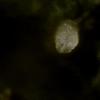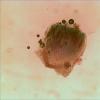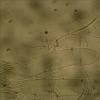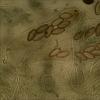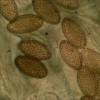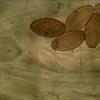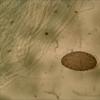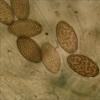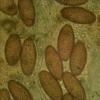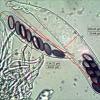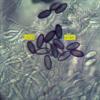
09-12-2025 12:06
 Andgelo Mombert
Andgelo Mombert
Bonjour,Je recherche l'article concernant Hypobryo

07-12-2025 16:07
Arnold BüschlenHallo, ich habe in einer Moos-Aufsammlung (epiphy

08-12-2025 21:04
Mark Stevens"Hello everyone,I'm relatively new to microscopy (

08-12-2025 18:59
 Lothar Krieglsteiner
Lothar Krieglsteiner
.. found by a seminar-participant, I do not know t

08-12-2025 17:37
 Lothar Krieglsteiner
Lothar Krieglsteiner
20.6.25, on branch of Abies infected and thickened

16-03-2014 22:00
Hello,I found this species a few months ago but ha

08-12-2025 13:39
Thomas Læssøehttps://svampe.databasen.org/observations/10572899
 Found on deer dung.
Found on deer dung.Fruitbody: Hyaline white; mature spores have a pink color.
Asci: 8-spored; 184-213x25,5-28.5 um, thick walled.
Parafyses: branched; at the top 3.19-3.62 um.
Spores: uniseriate; 22.1-24.4x11.3-12.7 um; thickwalled; covered with coarse wrats 0.98-1.05 um high; spores also have a gelatinous sheath.

Tu peux voir la fiche de Chris dans la base de données.
Michel.
we discussed this species here.
http://www.pilzforum.eu/board/thema-ascobolus-auf-angus-rind
It looks exactly like your finding.
ik denk dat je determinatie klopt.
Je pense également à Ascobolus hawaiensis. Actuellement je découvre cette espèce sur crotte de lapin et de brebis dans les dunes fixées de la côte Belge.
Jacky

Hallo Jacky,
In the description of the species by van Brummelen spore size is 18.5-21x10-11.5 um. The species I found clearly have a larger size in length.
Also the number of herbivores changed instead of sheep, nowadays it is also found on cow, rabbit and deer.
I do not know if these other herbivores in my case have an influence on showing a pattern of very fine wrats (on cow dung) or isolated punctae (with deer dung)

